Imagine drifting through the blue depths of the ocean, where sunlight fades and strange shapes loom in the gloom. Suddenly, you encounter a creature with trailing tentacles so long, they vanish into the distance—an animal so mysterious and immense, even a blue whale would seem small beside it. This is no ordinary jellyfish or fish; it is the Portuguese man o’ war, a colonial organism whose tentacles can stretch further than almost any other living thing on Earth. Prepare for a journey into the lives of one of the sea’s most astonishing giants.
A Creature of Many Parts: Understanding Colonial Organisms
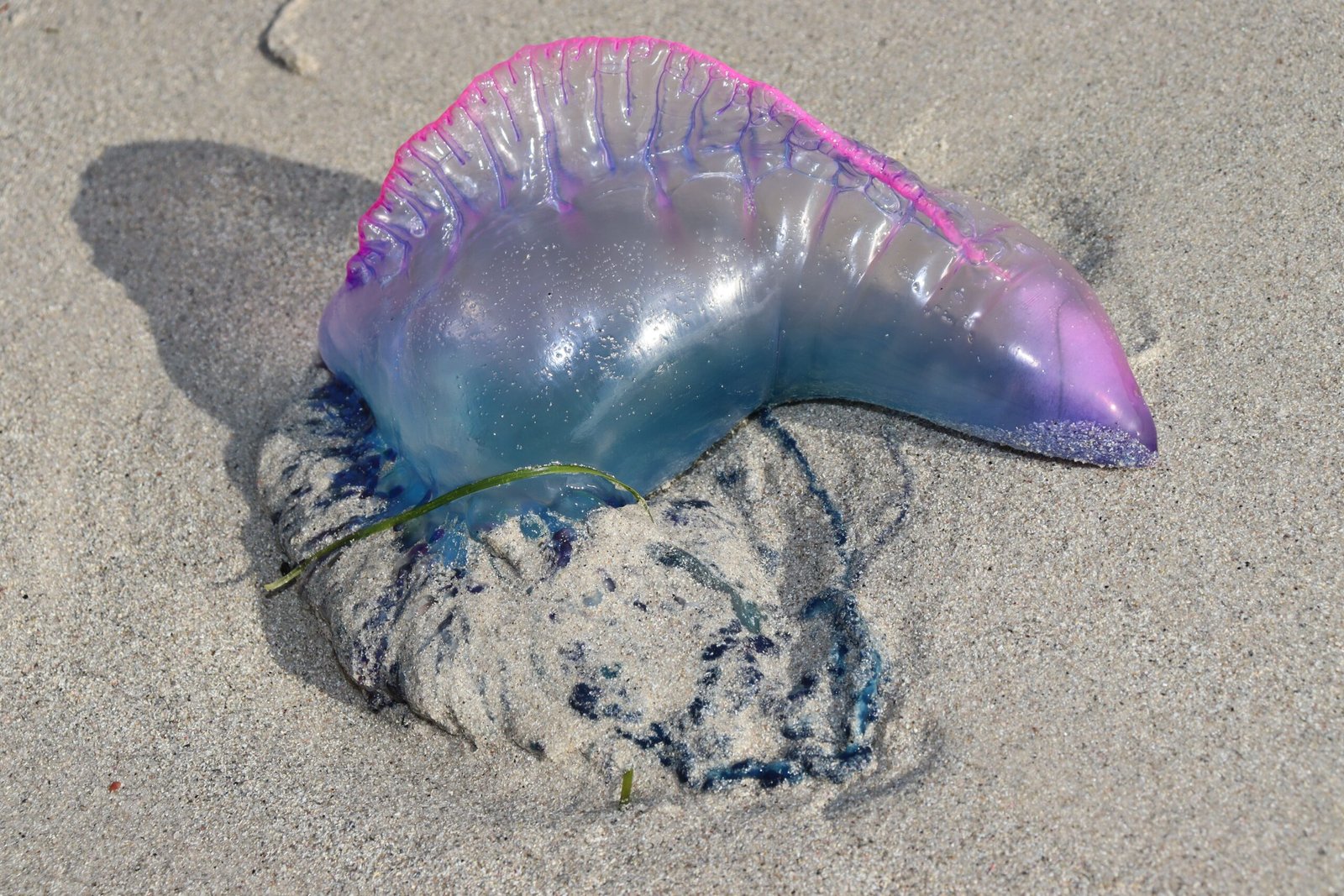
The Portuguese man o’ war defies our everyday ideas of what an animal is. Instead of being a single creature, it is a colony of specialized individuals called zooids, each performing different tasks but so closely connected they can’t survive alone. Some zooids focus on feeding, others on reproduction, and yet others on defense or buoyancy. This teamwork gives the man o’ war its extraordinary abilities, creating a super-organism that behaves as one. The coordination among these zooids is so seamless that, to the casual observer, the man o’ war appears to be a single jellyfish drifting on the ocean’s surface.
Meet the Portuguese Man o’ War: Not a True Jellyfish
It’s easy to mistake the Portuguese man o’ war for a jellyfish, with its gelatinous, balloon-like float and long, trailing tentacles. But it actually belongs to a different group called siphonophores. Unlike jellyfish, which are single, multicellular animals, siphonophores like the man o’ war are made up of many smaller animals working together. This subtle but crucial difference is what makes the man o’ war so unique, both in structure and in how it survives in the open ocean. Its name comes from its resemblance to an old warship under full sail, a nod to its striking appearance.
Tentacles That Stretch Beyond Imagination
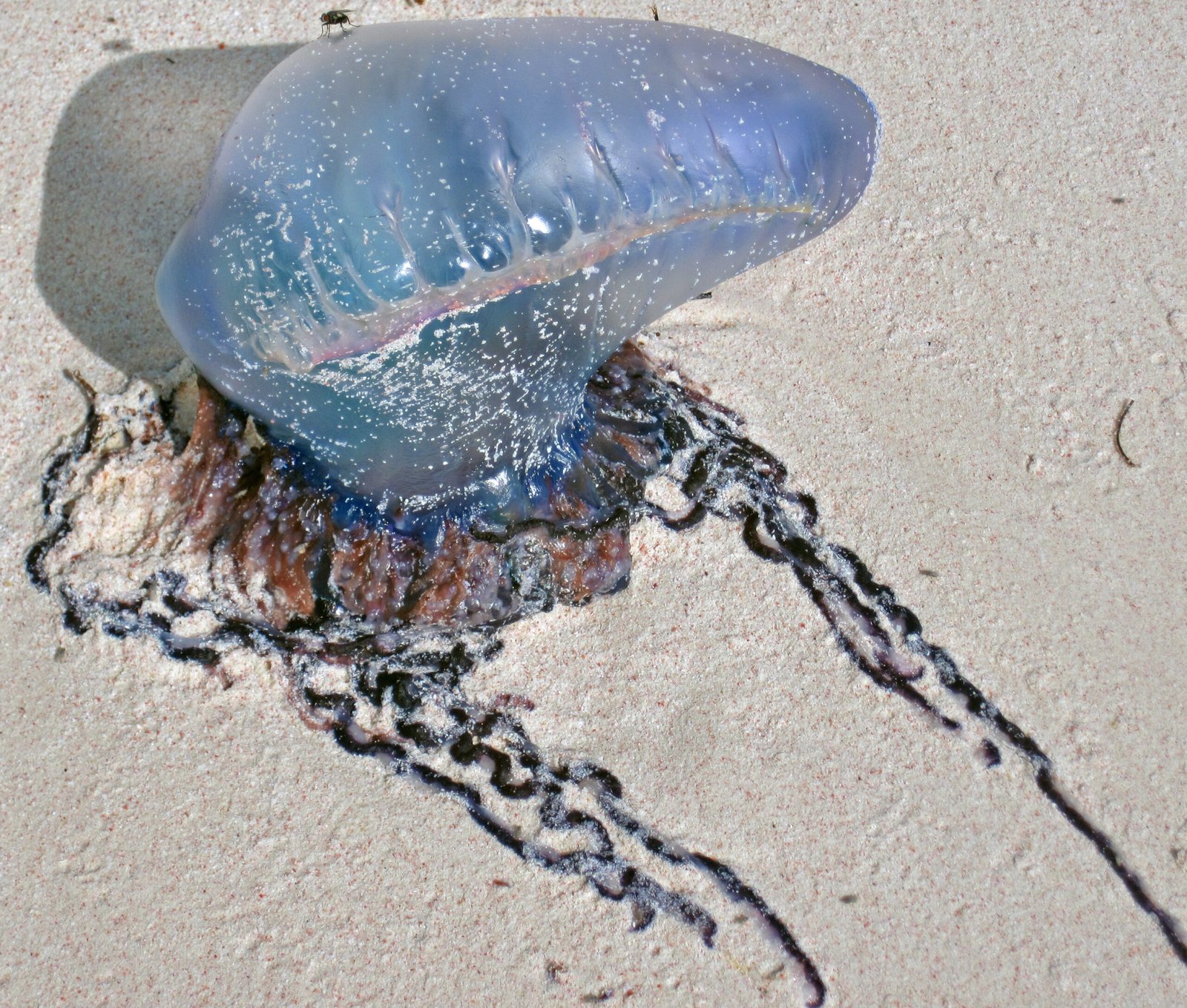
One of the most shocking facts about the Portuguese man o’ war is the sheer length of its tentacles. These delicate, ribbon-like appendages can grow up to 165 feet (about 50 meters) long—longer than most whales! To put that in perspective, that’s about half the length of a football field, trailing behind a creature whose float is usually only a foot long. The tentacles drift invisibly beneath the surface, ready to ensnare any unsuspecting prey that comes too close. These lengths are not just for show; they are critical for survival in the vast, open ocean.
The Deadly Secret of the Tentacles
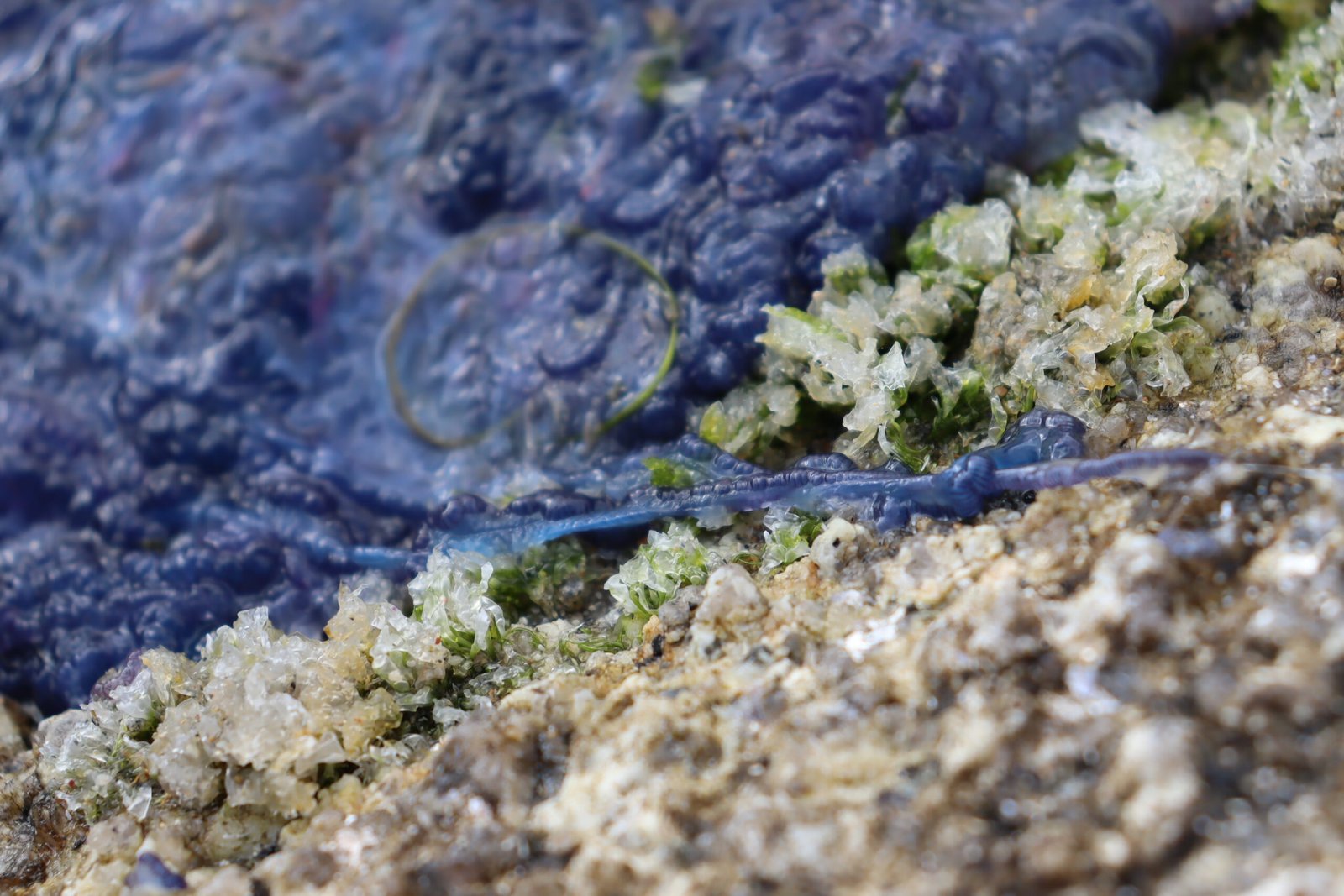
The tentacles of the man o’ war are lined with thousands of specialized cells called nematocysts, each one a microscopic harpoon loaded with venom. When touched, these cells fire, delivering a paralyzing sting that can kill small fish and crustaceans instantly. For humans, a brush with these tentacles can cause excruciating pain, welts, and even serious allergic reactions. It’s a defense mechanism as much as it is a hunting tool—nature’s way of ensuring that this delicate drifter is left alone by predators and well supplied with food.
Life at the Surface: The Man o’ War’s Unusual Lifestyle
Unlike many sea creatures that lurk in the depths, the Portuguese man o’ war is a true surface-dweller. Its gas-filled float, known as a pneumatophore, acts like a sail, catching the wind and carrying the colony across the waves. This adaptation makes the man o’ war one of the few animals that can truly travel vast distances without swimming. The float can be tinted blue, purple, or pink, providing camouflage among the sea and sky while signaling danger to would-be predators. Life at the surface is perilous, but the man o’ war thrives in the sun-dappled top layer of the ocean.
More Than Meets the Eye: The Role of Symbiosis
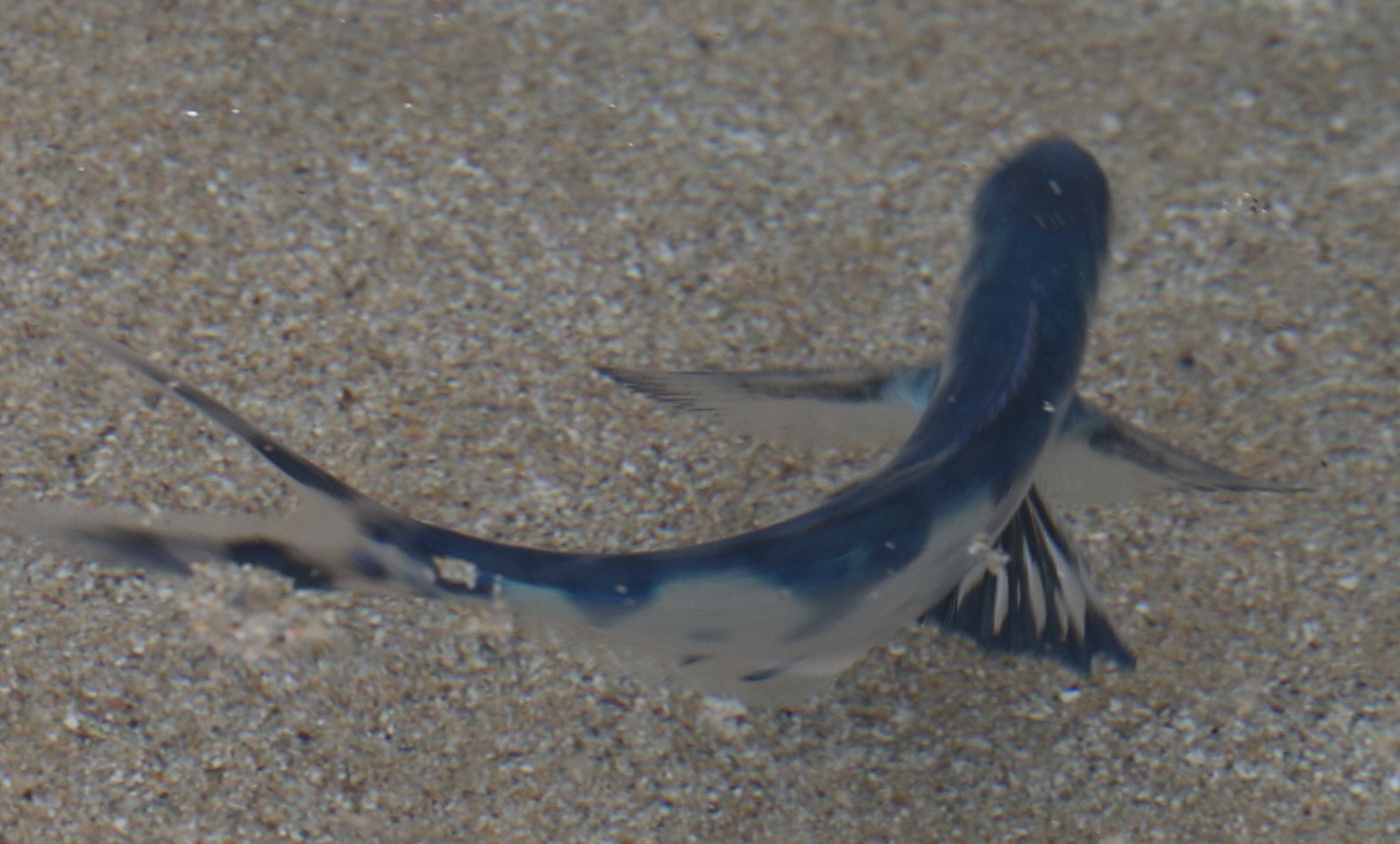
Despite its fierce reputation, the man o’ war is not alone in the ocean. Certain fish, like the man o’ war fish (Nomeus gronovii), have evolved to live among the tentacles, immune to their sting. These clever creatures find shelter from predators and even nibble on the man o’ war’s captured prey, while risking little themselves. This relationship, known as symbiosis, is a testament to the incredible complexity of ocean life. It’s a reminder that even the deadliest creatures have their place in a larger web of connections.
Masters of the Open Ocean: Global Travelers
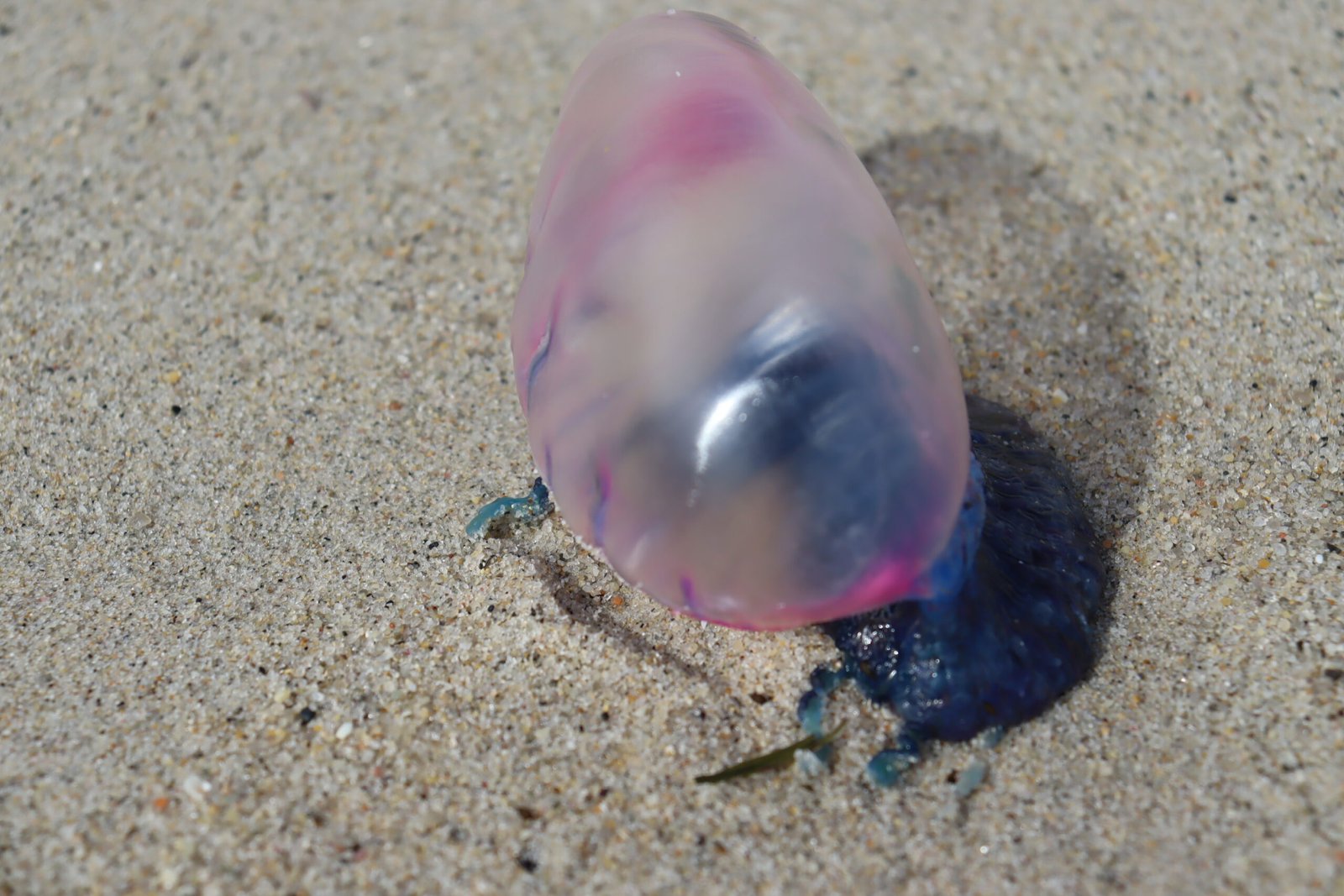
Portuguese man o’ wars are true citizens of the world’s warm oceans. They are found in the Atlantic, Pacific, and Indian Oceans, drifting with the currents and winds. Huge blooms sometimes wash ashore, startling beachgoers with their vibrant colors and trailing tentacles. Their global reach means that they play a role in many marine ecosystems, both as predators and as prey for animals like the loggerhead turtle, which can eat them with little harm. Their presence is a reminder of the interconnectedness of the world’s seas.
Outsizing Whales: A Matter of Perspective
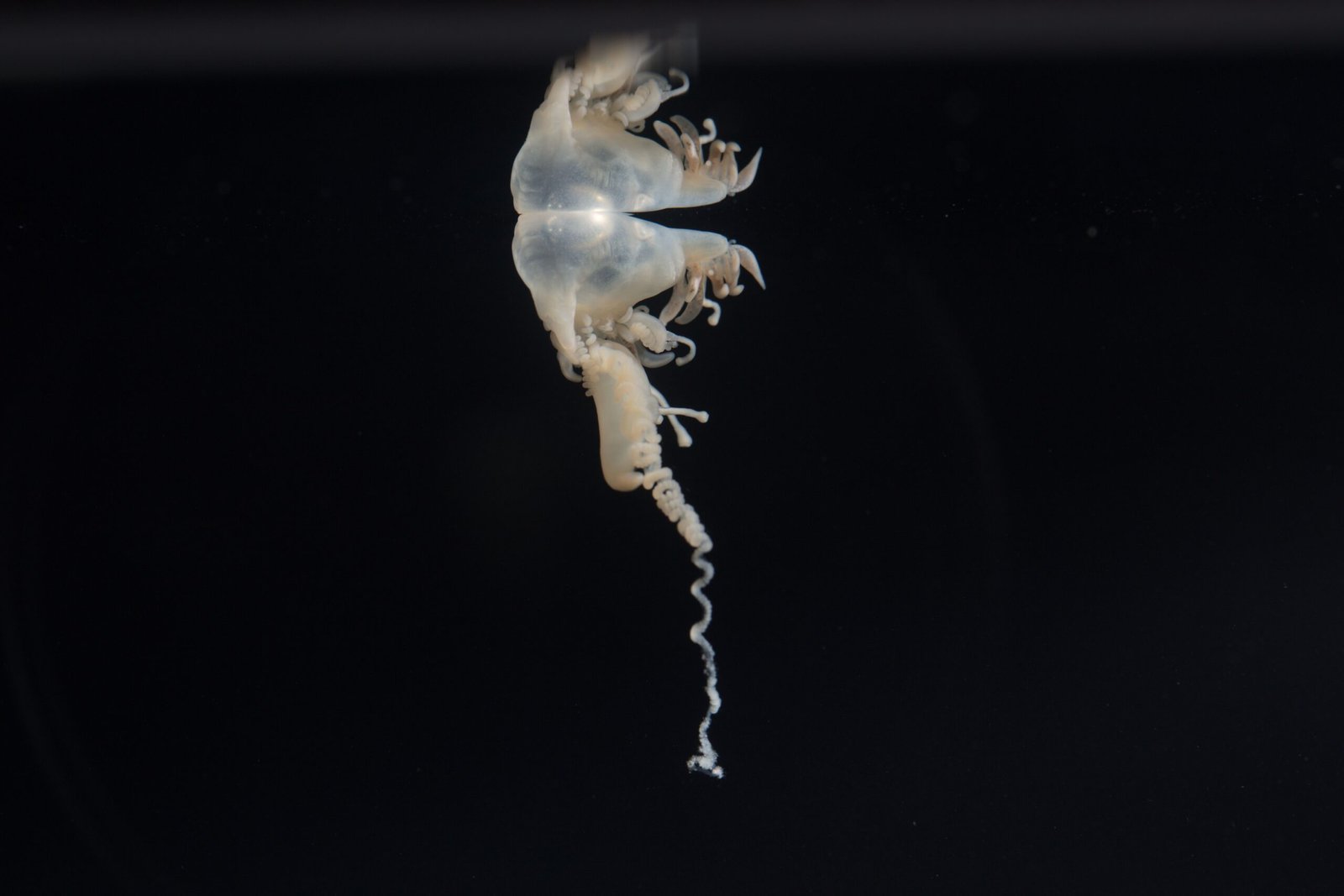
When people think of the largest creatures in the ocean, whales usually come to mind. But in terms of length, the Portuguese man o’ war’s tentacles easily surpass even the blue whale, which can grow up to 100 feet. This astonishing fact flips our expectations and challenges our sense of scale. While the man o’ war’s body is small, its reach is immense, making it a true giant of the sea in its own right. It’s a humbling realization—sometimes the most incredible wonders are not the ones we expect.
Adapting to a Changing Ocean
As climate change alters ocean temperatures and currents, the distribution of Portuguese man o’ war colonies is shifting. In recent years, sightings have increased in places where they were once rare, causing headaches for lifeguards and beach lovers. Scientists are still unraveling how these changes will affect marine ecosystems, but one thing is clear: the man o’ war is a survivor, adapting to new challenges with remarkable resilience. Its ability to drift across vast distances makes it both vulnerable and adaptable in a rapidly changing world.
The Lure and Danger for Humans
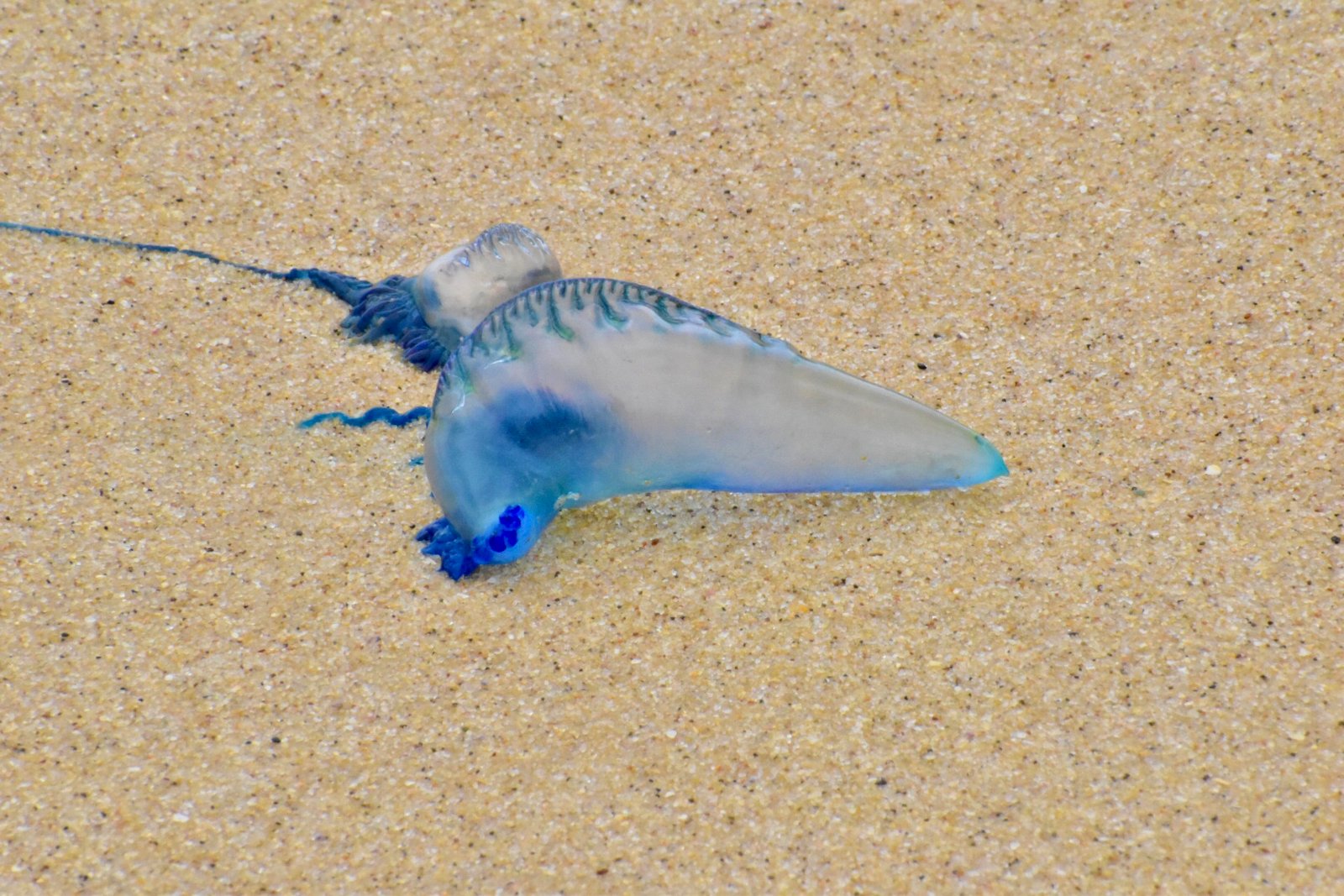
There’s a strange fascination with the Portuguese man o’ war—a mix of fear, wonder, and respect. Beach closures often follow mass strandings, and swimmers are right to be wary of those trailing tentacles. Yet, there’s also a beauty to their shimmering, iridescent floats and their elegant, undulating movement on the waves. For scientists and artists alike, the man o’ war inspires curiosity and awe. It’s a reminder that nature’s most extraordinary designs are sometimes both breathtaking and dangerous.
Why the Man o’ War Matters in the Grand Tapestry of Life
The Portuguese man o’ war is not just an ocean oddity; it’s an essential part of marine life. Its predatory role helps keep fish populations in check, while its presence supports a host of smaller creatures. Even its venom, so feared by humans, is being studied for potential medical applications. By understanding this colonial marvel, we gain insight into the complexity and beauty of life beneath the waves. The man o’ war invites us to look closer and appreciate the hidden giants that share our planet.



